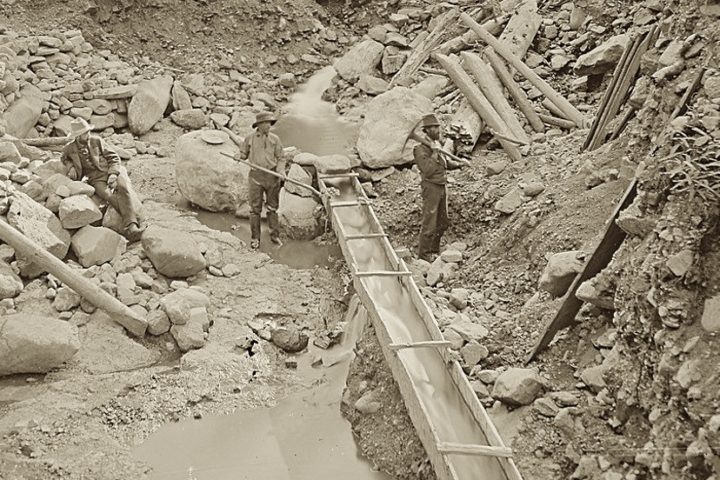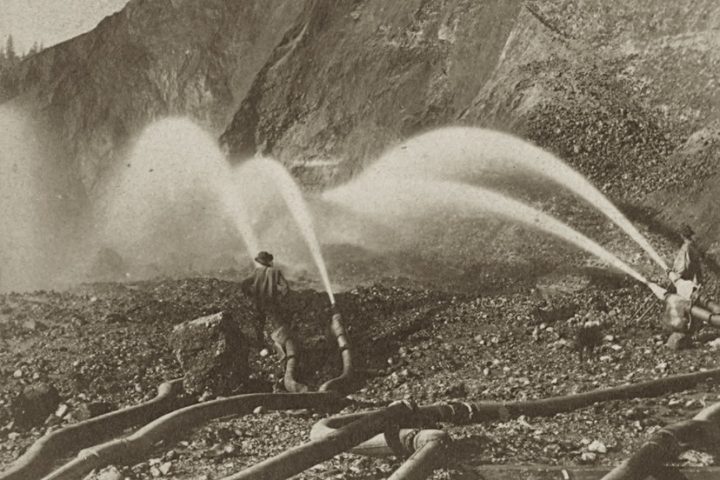“Just be neighborly and treat people the way you’d want to be treated,” he says. “We’ve lost a lot of that. That’s just gone by the wayside. It’s all about, ‘Me, me, me. What’s in it for me?’…”
— from the KUNC article ‘Keeping A Unique Water Tradition Alive In Southern Colorado’s Acequias’ by Luke Runyon, May 2018.
A few things I love about writing for the Daily Post:
The chance to do research into a wide range of community issues, and fit whatever I have learned into a story.
Once the story is written, the information and opinions become public property and can be shared freely by anyone with an interest in the topic at hand.
We live in a remarkable period of history, when information and opinions — formerly, more difficult to access — flow like water through the remarkable public pipeline known as the internet, to be enjoyed and shared an any and all. Or ignored, as the case may be.
Back in May 2018, KUNC reporter Luke Runyon shared an story about a drought situation unfolding on the rural village of San Pablo, Colorado, located in the San Luis Valley about 90 miles due east of Pagosa Springs. 2018 had seen below-average snowfall in the Rocky Mountains, and as the agricultural community in San Pablo began their “limpieza” — the annual spring cleaning of the community’s irrigation ditches — some of the farmers were already looking forward to a lean year, due to a possible shortage of water.
These irrigation ditches are referred to, in areas of southern Colorado and New Mexico, as acequias. But the word acequia refers not only to the ditch itself; it also refers to the organized community that shares and maintains the ditch. In a sense, the ditch network forges and shapes the community, in both a physical and spiritual sense.
From Mr. Runyon’s article:
If you irrigate here, [Dan] Quintana says, you or one of your family members is expected to be here shoveling out muck, removing trash and tree limbs. The limpieza is an annual obligation.
“[We make] sure there’s no obstructions in the ditch that prevent the water flow for the users downstream,” Quintana says.
If not for the clean up, water would pool in places it’s not needed, caught up in makeshift dams of trash and vegetation.
Small farm towns in portions of the San Luis Valley, like San Pablo, are organized around acequias, networks of irrigation ditches and canals dug nearly 150 years ago. It’s what makes farming possible in this dry stretch of land. While most Western law views water as property — a commodity people own and trade — acequias see it as a community asset, something tied to the land and shared.
Quintana, 61, grew up on a farm in San Pablo. As an adult, he left for a career in IT, always knowing his family’s land would be here for him to return to. He participates in the annual ditch cleaning now because he always has. But Quintana says there’s a growing sense that it will be difficult to bring the next generation back to the valley to keep the acequias functional and vibrant.
“There’s no dollars,” he says. “There’s no ready dollars for them to put in their pocket. So they go after seeking jobs in the cities. Some come back. Most don’t.”
As Mr. Runyon notes here, the cultural traditions embodied in the operations of acequias in New Mexico and southern Colorado can be seen as different from the “prior appropriation doctrine” that, today, applies to water allocations in Colorado.
The Four Corners region — Colorado, New Mexico, Utah and Arizona — has the longest continuously traceable history of human water use in the United States, where the organized manipulation of water resources spans back to at least 800 AD in the region. When European immigrants began to arrive in the 1500s, they found numerous complete systems of gravity-fed irrigation ditches on the major rivers and tributaries, built and maintained by the indigenous tribes. These early irrigation systems had helped to make permanent settlements a possibility in an arid land, and led to the flowering of a rich Indian culture.
The irrigation practices of the Pueblo and Navajo people depended on centralized authority and mandatory community responsibility for the maintenance of the irrigation canals and ditches. Over the centuries, the tribes had become master farmers able to produce “bumper crops” of corn, beans, and squash — staple crops that provided the basis of their existence.
When the first Spanish settlers arrived in the Four Corners region in the mid-1500s, many noted the similarities between the irrigation practices of the Indigenous people they encountered and the irrigation systems they remembered from their native Spain. Like the American southwest, Spain is a largely arid place, where the people had engaged in a continuous struggle to gain access to and maintain a sufficient amount of water for agriculture and domestic use. This struggle led to centralized, community based irrigation practices, not unlike those practiced by of the Native peoples in the Four Corners. Like the Pueblo and Navajo tribes, the Spanish recognized the primacy of community rights to water resources, and they operated a system of mandatory community responsibility for canal and ditch maintenance.
The resulting system of community-based networks of irrigation ditches — acequias — would remain unchallenged until the arrival of the American government in 1848.
In 1846 the United States went to war with Mexico, and the defeated nation was forced to relinquish its northern territories by the Treaty of Guadalupe Hidalgo in 1848. This opened the Southern Rocky Mountains to American settlement, including what is now the southern portion of Colorado. The newly gained land was divided into the Territory of New Mexico and the Territory of Utah, both organized in 1850, and the Territory of Kansas and the Territory of Nebraska, organized in 1854. Settlers — entrepreneurs, miners, and misfits — generally avoided the rugged Rocky Mountains and headed for Oregon or California…
…until discoveries of gold in Colorado touched off the Pike’s Peak Gold Rush in 1958.
Consistent access to large amounts of water was a major concern for gold seekers using placer mining techniques, and — presumably, to prevent the miners from murdering one another — the territorial government established a new kind of water law that essentially granted “ownership” of a certain quantity of water to the first applicant to “water court”. Subsequent applicants were granted the right to whatever was left, with priority based on the date of the application.
Obviously, this was a very different system of distributing water from what had been practiced for centuries in the American Southwest… built now upon the idea of “first come, first served” property rights, rather than “shared community rights and responsibilities”.
(Disclaimer: I currently serve on the San Juan Water Conservancy District Board of Directors, as an appointed volunteer, but this editorial series does not necessarily reflect the opinions of the Board as a whole, nor of any individual Board members other than myself.)



